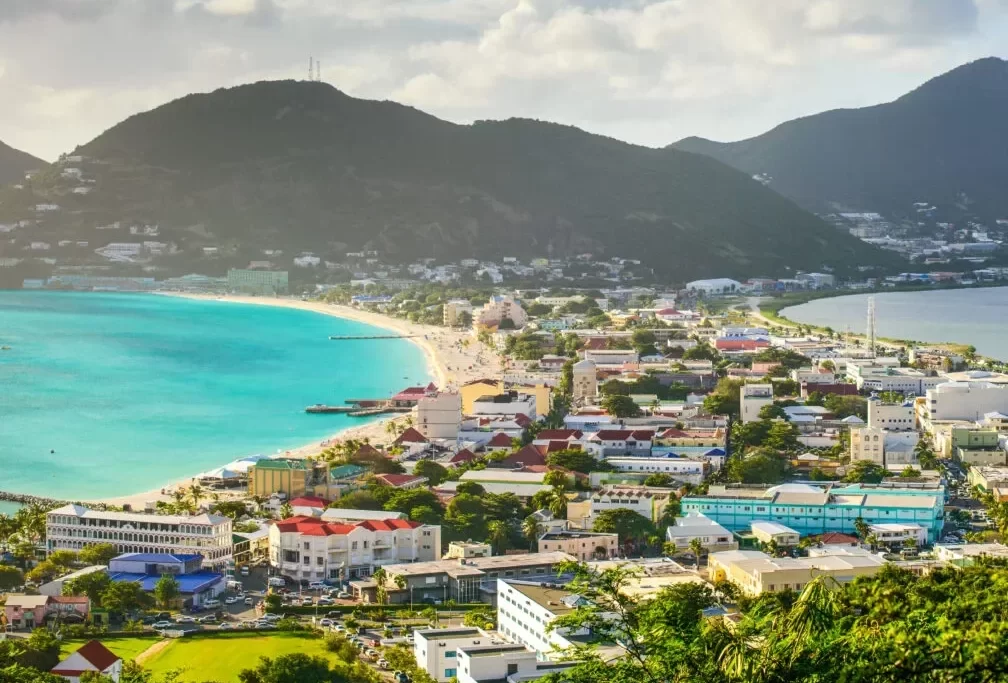NICE THINGS TO KNOW BEFORE COMING TO ST MAARTEN!
Are you preparing your long awaited holidays to St. Maarten? Especially when it is the first time you travel to our famed binational island, let us give you some travel tips and facts in advance!
1. Sockets: 110 Volt on St. Maarten, 220 Volt on St. Martin
Ok – we stand proud of our over 350 years of open border but consisting of two countries did lead to some minor practical differences over time. One is the difference in voltage between the Dutch side (110 volt like the United States) and the French side (220 volt like Europe). Depending on what area you are staying, this might mean you need to bring an adapter.
2. Currency – the United States dollar
Even though the official Dutch side currency is the Dutch Antillian Guilder (ANG or Naf) and the Euro is the official French side currency, United States dollars are mostly used on island. So no need to pack multiple currencies when coming from the United States. Euros are widely accepted also.
3. Open borders
A question we often get is what waiting time to take into account when crossing the border from St. Maarten to St. Martin or vice versa. The simple answer is: there is none. The border between Dutch side St. Maarten and French side St. Martin have since 1648, with only a few exceptions, been open and without permanent border controls or waiting time.
4. Rent a Car in Advance
When coming to St. Maarten, renting a car in advance is recommended. Not because there is scarcity of rental cars on island, but because most rental agencies are close to the airport allowing for a swift collection of your car – giving your holidays a kickstart at arrival.
5. English is the Local Language
Though part of the Kingdom of the Netherlands and the French Republic, for historical reasons, English is the language spoken most by islanders on each side of the island of St. Maarten / St. Martin. The growth of the island into a multicultural melting pot only reinforced the importance of this global language on island. So no need to bring books “How to say it in Dutch”, or French – even though you are prone to hear these languages too, amongst many others.
6. Travel Requirements
For many countries, no travel requirements are in place for a holiday stay on St. Maarten / St. Martin up to various months. If in doubt, check with the Dutch or French embassy / consulate in your vicinity.
7. Add Walking Shoes to Your Flipflops!
Given the famed beaches of St. Maarten / St. Martin, you probably packed your flipflops. Hiking and walking on island is however increasingly popular. Island organizations like EPIC and BeTheChange have added fun routes to follow.
8. Snorkels
If you still find space in your suitcase, do not forget to bring snorkels. Many spots on St. Maarten / St. Martin allow for great snorkeling, and various tours guide you from spot to spot. Especially when you bring kids, the transparent blue sea and its nature will keep them entertained for hours!
9. Grab a Maps at the airport at arrivals
To get a good understanding of where to find what on island, don’t forget to take a maps magazine at the dedicated rack at the Princess Juliana International airport.
10. Stay connected
Whether you’re on a short or extended visit, staying connected with friends and family can be essential. Don’t worry; WiFi is available across the entire island. Numerous bars and restaurants provide complimentary internet, and some have password-protected access, which they’ll gladly share when asked.
If you’re planning an extended stay, the island offers various telecommunication services, TelEm and Flow, so you can stay connected anywhere, anytime.
More blogs on news/things to do
Back to the Visit St Maarten Main page
Back to the Visit St Maarten Blog Main page

